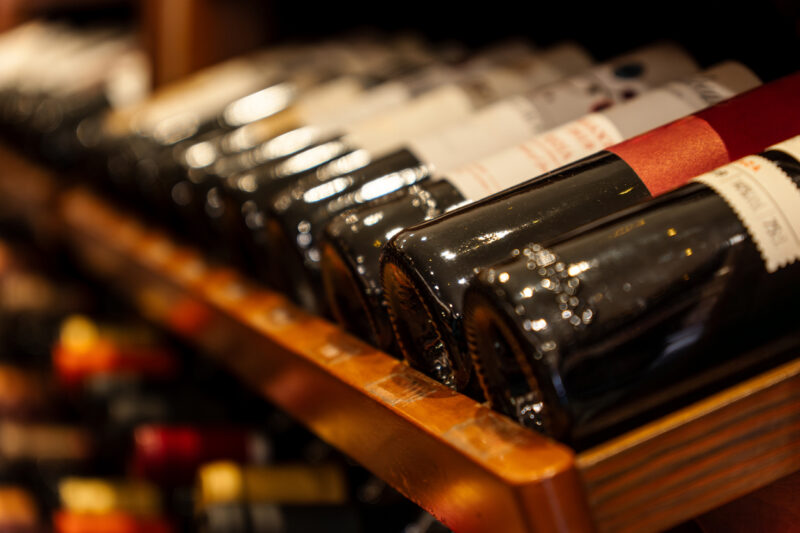Fine wine is increasingly viewed as a stable, tangible asset with growing relevance for investors seeking resilience, diversification and long-term value. It offers low correlation with traditional markets and has shown consistent performance across multiple economic cycles.
According to the Moore Global Wine Report 2025, investment interest is accelerating not only in historic regions such as Bordeaux and Burgundy, but also across high-altitude and emerging producers in South Africa, Central Europe and South America. Supply-side constraints, shifting global consumption patterns and ESG-aligned production models are creating a new landscape for capital deployment.
A Market in Transition
The global fine wine market reached an estimated €30 billion in 2024, with projections indicating continued growth over the next five years. Price indices tracking fine wine have demonstrated lower volatility than equities and, in certain periods, delivered stronger risk-adjusted returns. As the Moore report notes, long-term investors are approaching the sector with a level of diligence traditionally reserved for real assets such as real estate or private credit.
Fine Wine in a Portfolio Context
Fine wine is becoming part of the real conversation around allocation — not as a novelty, but as a strategic response to volatility, inflation and asset fatigue. The asset’s characteristics are increasingly aligned with long-term capital: limited supply, transparent valuation benchmarks, and physical custody models that reduce abstract risk.
Recent cross-asset analyses confirm this logic. Over the past 15 years, leading fine wine indices have delivered average annualised returns in the range of 8–10%, with volatility significantly lower than public equities and minimal correlation to bond markets. Liquidity remains selective, but increasing — and pricing today is shaped less by taste and more by data, provenance and global scarcity.
For capital allocators looking to stabilise portfolios while maintaining exposure to value-generating real assets, fine wine now earns a place in the strategic asset mix.
Risk, Regulation and Resilience
Institutional entry into fine wine comes with a set of structural considerations. Provenance and certification remain essential to protect asset integrity — without them, long-term value is difficult to defend. Secure storage infrastructure, insurance and traceable movement are no longer optional.
At the same time, import duties, VAT regimes and export constraints vary significantly across jurisdictions. For investors active across the EU, UK and US, regulatory clarity can be as critical as wine selection itself.
Climate change adds another dimension. Established producers face volatility from droughts, frosts and hailstorms, with vintage reliability under pressure. Yet as noted in the Moore Global Wine Report, climate also creates new opportunity. Cooler-climate regions, including parts of the UK, Nordics and South Africa’s interior, are gaining traction. Climate, in this context, becomes both a risk and an asset selector.
Why Moore
At Moore, we bring together sector-specific insight from the wine and agribusiness industries with cross-border tax, ESG and alternative asset expertise. Our teams advise estates, investors and asset managers on structuring, succession, regulatory exposure and strategic positioning.
This is not about collectibles. It’s about understanding how a tangible asset behaves under pressure — and how it can contribute to a broader investment thesis.
Download the full Moore Global Wine Report 2025:












